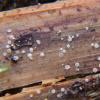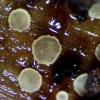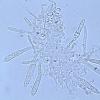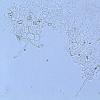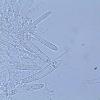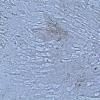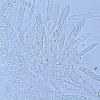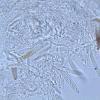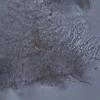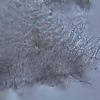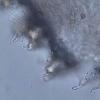
10-09-2014 12:22
This Scutellinia was found on a machine rut in dam

08-09-2014 18:17
 Zuzana Sochorová (Egertová)
Zuzana Sochorová (Egertová)
Good evening,could someone give me an advice on th

07-09-2014 00:14
Hi again I need your help with this fungus with

07-09-2014 15:06
Peter ThompsonHello Everyone,I would be very grateful to receive

06-09-2014 20:08
Hello, I changed email and I have lost most of my

26-08-2014 19:58
 Ueli Graf
Ueli Graf
Hallo, ich suche diese Literatur.Kann mir jemand h

05-09-2014 23:29
Joanne TaylorDear all, Please see attached a letter encouragin
Hyaloscypha sp
Blasco Rafael,
10-09-2014 11:24
 Hola, Tengo this Posible Hyaloscypha Recogida sobre madera de Pinus sylvestris, A 1500m
Hola, Tengo this Posible Hyaloscypha Recogida sobre madera de Pinus sylvestris, A 1500m diametro 0,5--1 mm , peloso Margen, muy dificiles de ver al micro, en foto numero 14 Creo que se ven dos, con celulas subesfericas en la base
Ascas, Croziers +, J +, Miden entre 42 a -46 X 5,5--6,2
Esporas 7,8--8,7 X 2,2--3
Parafisis RECTAS X 1.5 Con algun septo Aislado
Un saludo
Rafael
Hans-Otto Baral,
10-09-2014 11:39

Re : Hyaloscypha sp
Hi Rafael
you are pressing too much on the slide, therefore only some cells survive. More hairs should be seen to be sure how they vary.
you are pressing too much on the slide, therefore only some cells survive. More hairs should be seen to be sure how they vary.
Blasco Rafael,
10-09-2014 14:42
Hans-Otto Baral,
10-09-2014 16:23

Re : Hyaloscypha sp
o.k., the hairs have rather thick upper parts of hairs and rough ganules, and together with the coniferous habitat this should be Hyaloscypha aureliella.
Zotto
Zotto
Blasco Rafael,
10-09-2014 16:29

Re : Hyaloscypha sp
Gracias Zotto
Rafael
Rafael

